1. The Jewish Bar and Bat Mitzvah
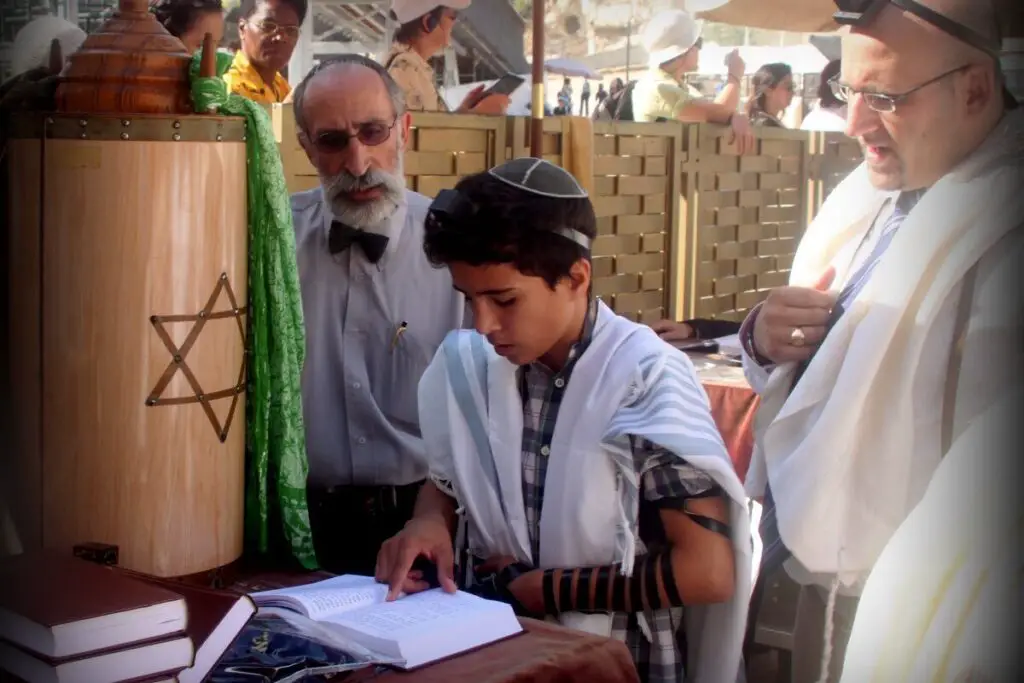
For centuries, the Bar Mitzvah (for boys) and Bat Mitzvah (for girls) have been central to Jewish tradition, marking the transition from childhood to adulthood at the age of 13 for boys and 12 for girls. This celebration of spiritual maturity includes a public reading from the Torah, symbolizing the individual’s readiness to take on religious responsibilities. For families, it’s not just a religious milestone but a community event, where the young person is recognized as a full member of the faith. This rite of passage signifies both maturity and the beginning of a new chapter in one’s life.
The lavish celebrations that followed these rituals have become an essential part of the experience, often turning into large, festive events with family, friends, and an array of food. While these events continue to be celebrated in many parts of the world, some of the deeper religious practices tied to the original Bar and Bat Mitzvah have faded, leaving only the cultural traditions behind. However, the importance of this rite of passage remains a powerful way to mark the onset of adulthood in Jewish communities today.
2. Native American Vision Quests
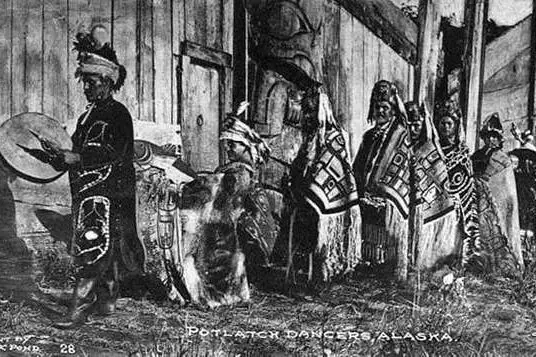
Among many Indigenous cultures of North America, a vision quest was a rite of passage for young men seeking to gain spiritual insights and establish their adult roles within the tribe. Traditionally, this ritual involved a journey into the wilderness, where the young man would fast, pray, and meditate for days, hoping to receive a vision from a spirit or ancestor. It was seen as a way to communicate directly with the divine and understand one’s purpose in the world, often leading to a deeper understanding of personal strength and responsibility.
Although vision quests have been romanticized in modern culture, they once held deep significance in these communities. They were more than just an adventure—they were a test of endurance and faith. As the world has modernized and traditional practices have evolved, fewer young people undergo vision quests, but the symbolism of self-discovery and coming-of-age remains a powerful reminder of the connection to one’s heritage.
3. The Quinceañera
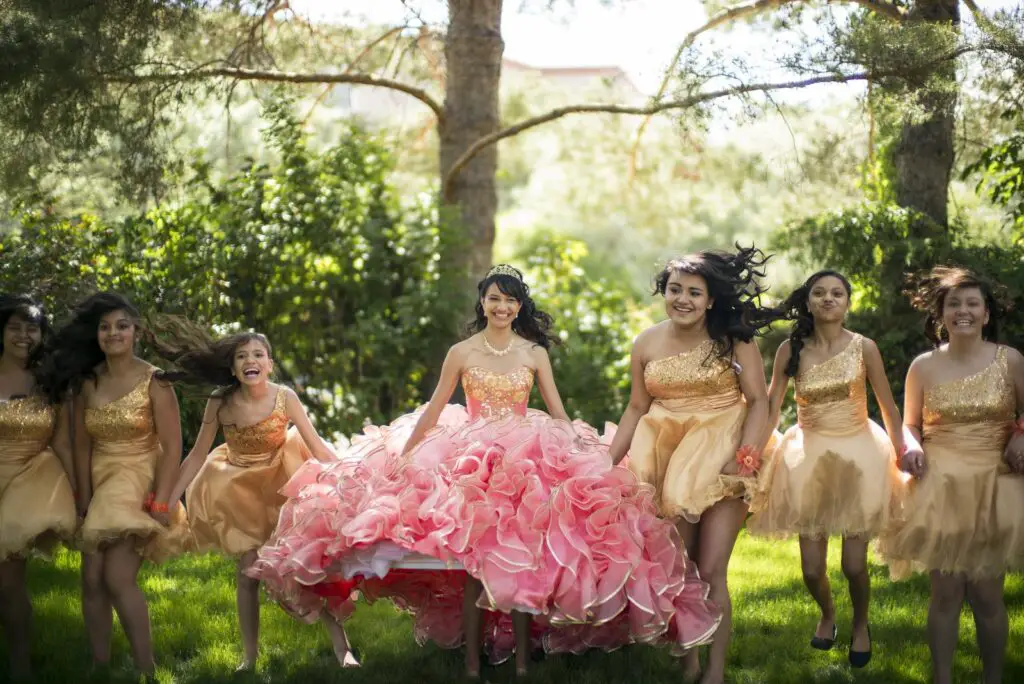
In many Latin American cultures, the Quinceañera is a vibrant celebration marking a girl’s 15th birthday, signaling her transition from childhood to womanhood. The event is often a grand affair, with the young woman wearing a ball gown and taking part in a religious ceremony followed by a lively party with family and friends. Traditionally, the Quinceañera symbolizes not just a physical transformation but also the girl’s readiness to take on responsibilities within her community and family.
Although the celebration has evolved over time, its roots lie deeply in honoring a young woman’s growing maturity. For many, it’s not just a birthday party—it’s a rite of passage that signifies the start of adulthood, teaching her about culture, tradition, and the values passed down through generations. Despite the influence of modernity, the Quinceañera remains one of the most cherished traditions in Latin culture today.
4. The Maori Moko
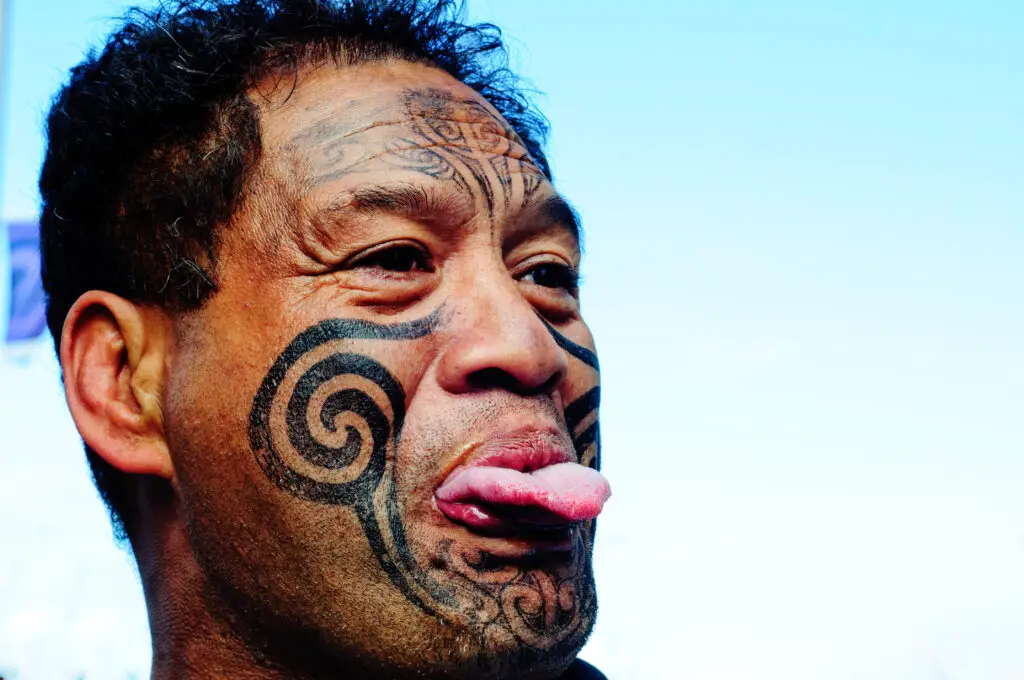
In traditional Māori culture, the moko (tattooing) ceremony was a rite of passage for young men and women, signifying their transition into adulthood. For men, the moko was typically applied to the face, while for women, it was often placed on the lips and chin. These tattoos were more than just body art; they were a powerful symbol of a person’s genealogy, accomplishments, and readiness to step into their adult roles in society.
The moko ceremony also had deep spiritual significance, marking the individual’s new place within their tribe and their connection to their ancestors. While the moko has seen a revival in contemporary Māori culture, the traditional coming-of-age rituals surrounding it are less common today. Nevertheless, it remains a profound symbol of identity and adulthood within the culture.
5. The Jewish Confirmation
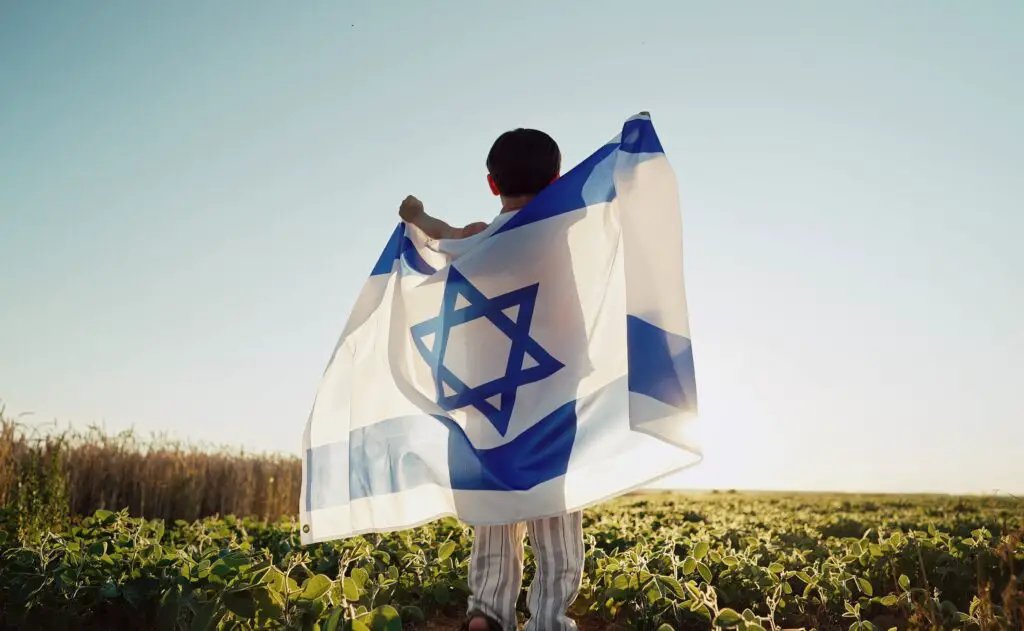
In contrast to the Bar and Bat Mitzvah, the Jewish confirmation is another rite of passage for Jewish youth, typically occurring at the age of 16. The confirmation ritual is an affirmation of the young person’s commitment to Jewish faith and values, often celebrated with a service or a public declaration of belief. While it’s less widely practiced than the Bar and Bat Mitzvah, it holds particular significance in progressive Jewish communities where the focus is on personal spiritual development rather than ritual observance.
For many Jewish teens, confirmation provides a space to reflect on their growing understanding of faith and how it will shape their adult lives. The celebration may not be as grandiose as other rites of passage, but it marks a significant moment in one’s spiritual journey. Over time, it has become an important alternative for those who choose to deepen their connection to Judaism outside of traditional rites.
6. The Japanese Seijin Shiki
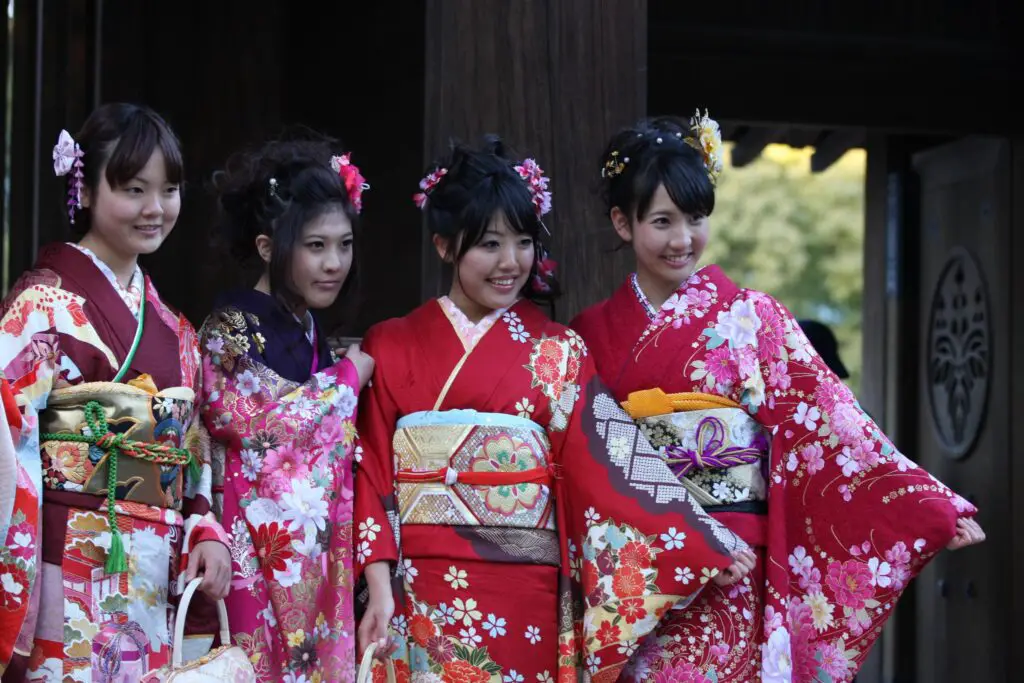
In Japan, the Seijin Shiki, or Coming-of-Age Day, is held on the second Monday of January to celebrate young people turning 20, the legal age of adulthood in Japan. This holiday is steeped in tradition, with young men and women donning elaborate kimonos or suits to attend ceremonies hosted by local municipalities. The day is dedicated to acknowledging the responsibilities that come with adulthood, such as voting, drinking alcohol, and other legal rights.
The Seijin Shiki serves as a public affirmation of maturity, with participants reflecting on their personal growth and what it means to contribute to society. Although this tradition remains vibrant, it is slowly shifting in nature, with some young people choosing to celebrate it in more casual ways. Nonetheless, the cultural importance of Seijin Shiki continues to underscore the transition from adolescence to adulthood in Japan.
7. The Maasai Eunoto Ceremony
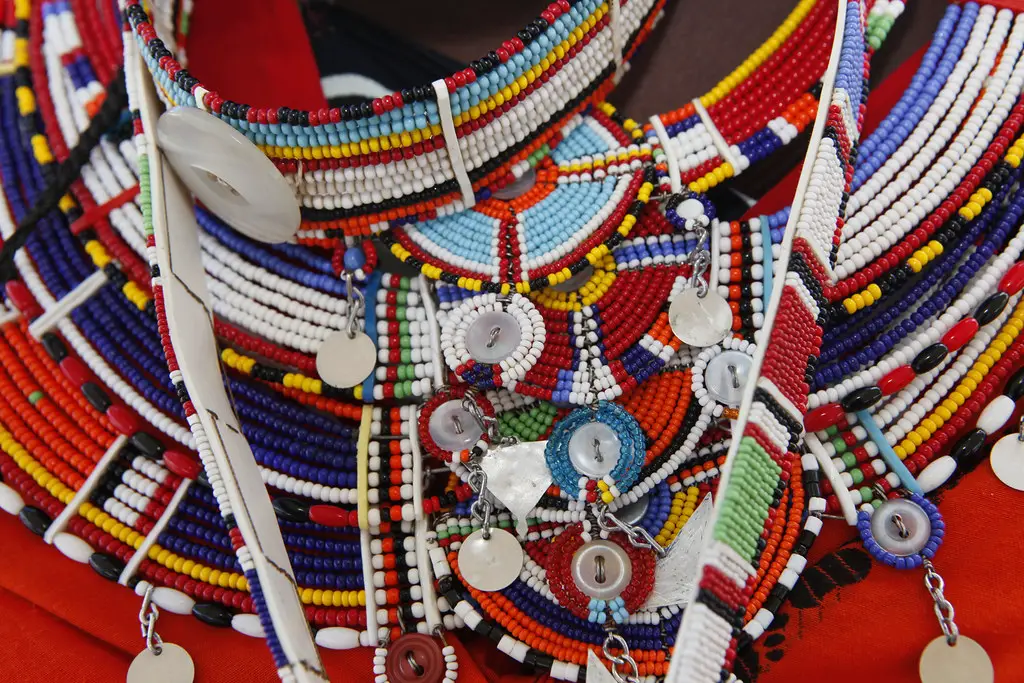
For the Maasai people of East Africa, the Eunoto ceremony is a rite of passage for young men, signaling their transition from adolescence to adulthood. This involves a series of challenges, including enduring physical tests and proving one’s ability to lead and protect the community. Once they’ve completed the trials, they are given the title of “morani,” which signifies a warrior status.
The Eunoto ceremony, once a major community event, emphasized both personal development and communal responsibility. It was not just about reaching physical maturity, but also about gaining the wisdom needed to navigate adult life. Though modern life has eroded much of the traditional Maasai way of life, the Eunoto ceremony still carries weight in certain areas, symbolizing the deep connection between adulthood and responsibility.
8. The Christian Confirmation

Similar to the Jewish confirmation, the Christian confirmation is a sacrament in many Christian denominations, typically occurring during the teenage years. This ritual symbolizes the young person’s commitment to the Christian faith, affirming the promises made by their parents and godparents during baptism. In many traditions, confirmation is seen as an important step in becoming an adult member of the church, taking on the full responsibility of one’s faith.
The confirmation ceremony is often followed by a celebration with family and friends, where the young person is recognized for their spiritual journey and readiness to engage in the life of the church. While confirmation has evolved over time, it continues to be a cherished rite of passage for many Christian communities, emphasizing the importance of spiritual maturity alongside physical adulthood.
